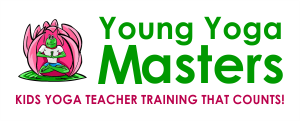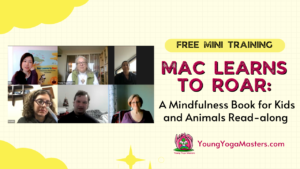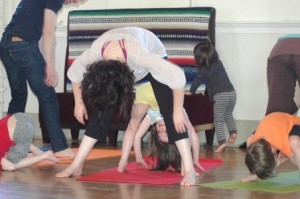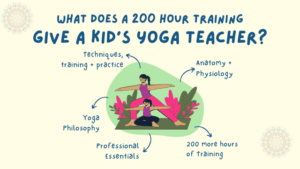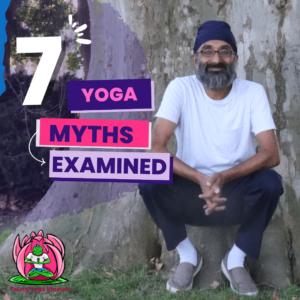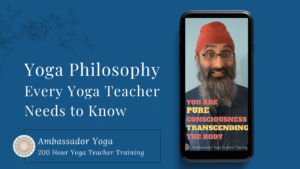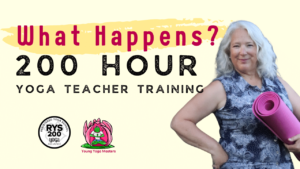Are you wondering how you could introduce mindfulness to children and integrate it into your home or … [Read more...] about Insights on Mindfulness in the Classrooms from a School Teacher
Kids Yoga
How to Teach a Family Yoga Class
Family yoga is an antidote to all the rushing and planning in family life. It creates a space for … [Read more...] about How to Teach a Family Yoga Class
Professional Essentials for Teaching Kids Yoga
I feel a little embarrassed that when I first started teaching yoga, I had trouble with pacing. I … [Read more...] about Professional Essentials for Teaching Kids Yoga
Yoga Philosophy: 7 Myths Examined for Teachers
As a children's yoga teacher, you may not need to explain philosophy to children in your typical … [Read more...] about Yoga Philosophy: 7 Myths Examined for Teachers
The Yoga Philosophy That Will Make a Difference for Kids Yoga Teachers
The way yoga is portrayed on social media you might think you need to have a certain body type to do … [Read more...] about The Yoga Philosophy That Will Make a Difference for Kids Yoga Teachers
Why get a 200-Hour Yoga Certification As A Kids Yoga Teacher
How can a 200-hour Yoga Teacher Certification help you as a Kids' Yoga Teacher? If you want to … [Read more...] about Why get a 200-Hour Yoga Certification As A Kids Yoga Teacher
